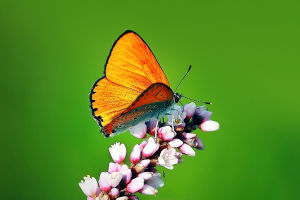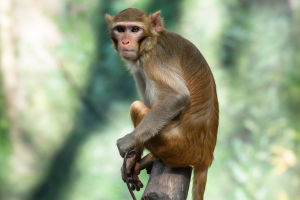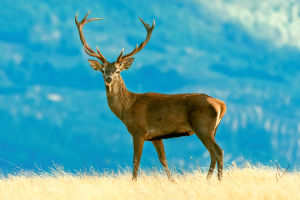Have you ever marveled at the colorful life thriving in coral reefs? These underwater ecosystems are bustling communities where corals, fish, and countless invertebrates live in delicate balance.
Today, we'll explore how these different organisms depend on each other to create and maintain one of the most diverse and productive ecosystems on Earth.
Together, we'll understand the importance of their interactions and why protecting coral reefs matters to us all.
Corals: The Architects of the Reef
At the heart of the coral reef ecosystem are the corals themselves—tiny animals called polyps that build massive calcium carbonate structures. These reefs provide shelter and living space for a wide variety of marine life.
Corals also host symbiotic algae called zooxanthellae, which live inside their tissues and provide essential nutrients through photosynthesis. This mutualistic relationship allows corals to thrive in nutrient-poor tropical waters and supports the vibrant colors we see.
Corals create the complex physical environment that many fish and invertebrates rely on for food, protection, and breeding grounds. Without healthy corals, the entire reef community would struggle to survive.
Fish: Vital Players in Reef Balance
Fish species on coral reefs are incredibly diverse, with thousands of species filling different ecological roles. Some fish graze on algae that could otherwise overwhelm corals, helping maintain the reef's health. Others are predators controlling populations of smaller animals, keeping the ecosystem in balance.
Certain fish, like cleaner wrasses and shrimp, form symbiotic relationships by removing parasites from larger fish, benefiting both parties. Many fish depend on corals for shelter and breeding sites, while corals benefit from the grazing and nutrient cycling fish provide.
Invertebrates: The Reef's Unsung Heroes
Invertebrates such as crustaceans (shrimp, lobsters), mollusks (snails, clams, octopuses), and sponges play crucial roles in coral reef ecosystems. Crustaceans act as scavengers and predators, helping recycle nutrients and control populations of smaller organisms. Mollusks filter water, clean surfaces, and provide food for other animals.
Some invertebrates, like giant clams, contribute to reef structure and water clarity, while others, such as nudibranchs, help control algae and sponge growth. This diversity of roles supports the complex food webs and nutrient cycles that sustain reef life.
Symbiosis and Mutual Dependence
The coral reef ecosystem thrives on symbiotic relationships—mutually beneficial interactions between species. The coral-zooxanthellae partnership is a prime example, but many other mutualisms exist. Cleaner shrimp and fish, clownfish and sea anemones, and various fish and coral species all benefit from close interactions.
These relationships create a balance where energy and nutrients flow efficiently, supporting the reef's biodiversity. Disruptions to one species can ripple through the ecosystem, showing how interconnected reef life truly is.
Let's Protect and Celebrate Coral Reefs Together
Have you ever snorkeled or dived near a coral reef? What amazed you most about the underwater community? We invite you to share your experiences and thoughts about these incredible ecosystems.
By understanding the interdependence of corals, fish, and invertebrates, we appreciate the delicate balance sustaining coral reefs. Protecting these ecosystems from threats like climate change, pollution, and overfishing is vital for their survival—and ours.
Together, we can cherish and safeguard the vibrant life of coral reefs for generations to come. Thank you for joining us in exploring the harmonious world beneath the waves!


